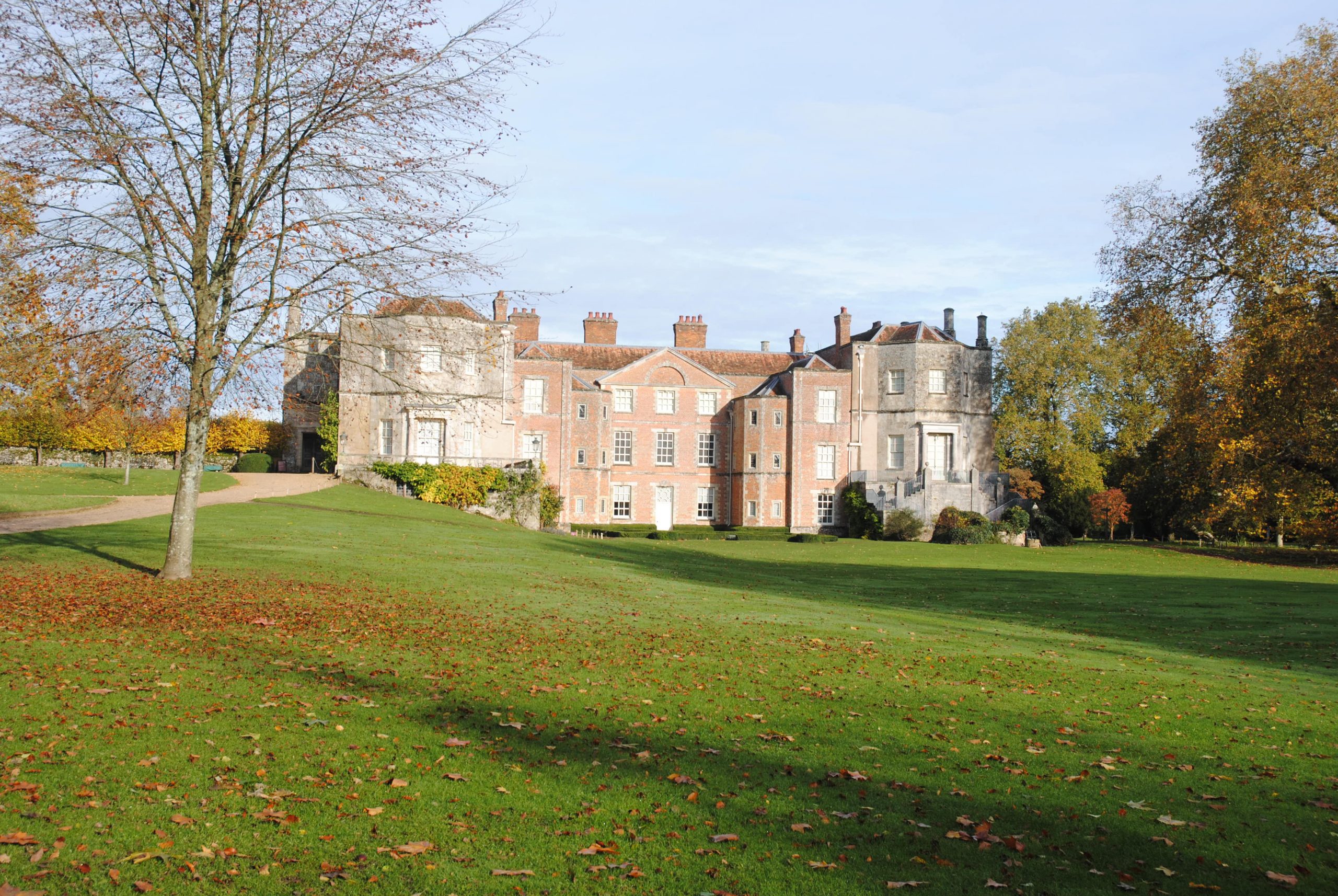On the 6th November the Blue Sky CAD team took a morning out of the office for an architectural visit. These trips out are a great team bonding experience whilst also discovering historic architecture.
Mottisfont is an 18th Century house built around a medieval priory. The Augustinian Priory itself was founded in 1201 by William Briwere for the Canons and was converted into a private house after the Dissolution. Mottisfont grew in prosperity by the 14th Century but the Black Death and an earthquake in 1348 brought an end to this due to both the death of many monks and buildings being destroyed.
Henry VIII gave the estate to Lord Sandys in 1536 as a gift and he was ordered to build a new house from the priory ruins. Sandys built a great Tudor mansion enclosing the entire Priory which is why the house we see today reveals so many medieval features despite extensive renovations in the 18th Century leaving the basis of the house we see today. Rather than destroying the priory to make way for this grand house it was repaired and made part of the properties identity. This can be seen throughout; from the artwork to the revealed architectural elements in the White and Red Bedrooms. These reveals were used to give visitors a glimpse into the buildings past.
The house was used in the 1930’s by artists to relax and create work, some of which is on display including the work of Derek Hill and Rex Whistler who created a stunning trompe l’oeil Drawing Room (walls painted with shadows to appear 3D).
The original cellarium from the medieval priory still remains and was used to store produce. It’s unique atmosphere can be enjoyed by all that visit and helps tell the story of why the house was changed from a Priory to a Tudor house, then into an 18th Century country home.
The grounds of the property are a mix of wild meadows and organised gardens, including a stunning walled garden containing a significant collection of rare roses and a kitchen garden.
Paths wind around stately trees taking you down to the river, connected to the font where the settlement of the site began. More than a thousand years ago a medieval community gathered here for the endless spring of pure water and to fish for trout and salmon. The river also once drove a mill due to its powerful currents, but this is long gone.

